Top 10 Foods Highest in Sodium
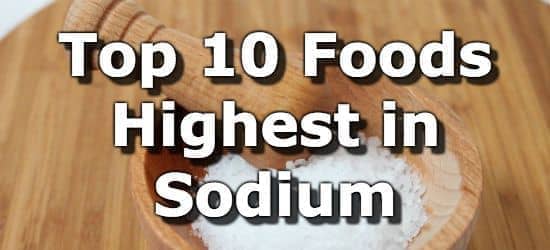
Sodium is essential for maintaining blood pressure and transmitting nerve impulses. (1)
Eating excess sodium can contribute to high blood pressure, which in turn increases the risk of cardiovascular disease (heart disease and stroke). (2,3)
If you have high blood pressure you should restrict your consumption of sodium while increasing your consumption of potassium. (4,5,6)
The current daily value (DV) for sodium is 2300mg (7), however, the American Heart Association recommends that people with high blood pressure eat less than 1500mg per day or less than 3/4 of a tablespoon of salt. (8)
Since sodium is required by all life to exist, it is naturally found in all foods and does not need to be added. Foods high in sodium include table salt, sauces, salad dressings, cured meats, bacon, pickles, bullion, instant soup, roasted salted nuts, snacks, fast foods, and canned foods.
Below is a list of high sodium foods. For more, see the extended lists of high sodium foods by nutrient density, and the list of high sodium foods to avoid.
For people who suffer from Hyponatremia, we also added a list of foods to boost sodium levels. The list of high sodium foods should be used with guidance from your healthcare provider.
List of High Sodium Foods
-
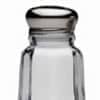 1. Table Salt + Add
1. Table Salt + Add
Sodium
per TspSodium
per 100g2325mg
(101% DV)38758mg
(1685% DV)- 52% DV in a tsp of baking soda
- 15% DV in a tsp of baking powder
-
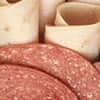 2. Cured Ham + Add
2. Cured Ham + Add
Sodium
per CupSodium
per 100gSodium
per 200 Calories2100mg
(91% DV)1500mg
(65% DV)1685mg
(73% DV)More High Sodium Cured Meats
- 80% DV in 3oz of salami
- 56% DV in 3oz of pepperoni
- 40% DV in 3oz of baloney
- 36% DV in a 3oz chicken hotdog
See the list of high sodium meats.
-
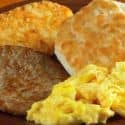 3. Ham and Egg Biscuit + Add
3. Ham and Egg Biscuit + Add
Sodium
per ItemSodium
per 100gSodium
per 200 Calories1989mg
(86% DV)1093mg
(48% DV)938mg
(41% DV)More Fast Foods High in Sodium
- 81% DV in a Taco Bell taco salad
- 71% DV in a cheese burger
- 67% DV in an average slice of pizza
See the list of fast foods high in sodium.
-
 4. Pickled Cucumber + Add
4. Pickled Cucumber + Add
Sodium
per CupSodium
per 100gSodium
per 200 Calories1872mg
(81% DV)1208mg
(53% DV)21964mg
(955% DV)More High Sodium Pickled Foods
- 95% DV in 1 cup of pickled eggplant
- 95% DV in 1 cup of jalapeno peppers
- 39% DV in 1 cup of sauerkraut
-
 5. Sunflower Seeds (Dry Roasted) + Add
5. Sunflower Seeds (Dry Roasted) + Add
Sodium
per OzSodium
per 100gSodium
per 200 Calories1706mg
(74% DV)6008mg
(261% DV)2201mg
(96% DV)More Snacks High in Sodium
- 65% DV in 3.5oz of pretzels
- 25% DV in 1oz of beef jerky
- 15% DV in a Kellogg's Nutri-Grain Fruit Cereal Bar
See the list of high sodium snacks.
-
 6. Clams + Add
6. Clams + Add
Sodium
per 3oz ServingSodium
per 100gSodium
per 200 Calories1022mg
(44% DV)1202mg
(52% DV)1624mg
(71% DV)More Seafood High in Sodium
- 60% DV in a King crab leg
- 35% DV in 3oz of cooked shrimp
- 31% DV in a can of anchovies
See the list of seafood high in sodium.
-
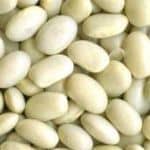 7. Canned Beans (With Added Salt) + Add
7. Canned Beans (With Added Salt) + Add
Sodium
per CupSodium
per 100gSodium
per 200 Calories880mg
(38% DV)336mg
(15% DV)595mg
(26% DV)More Canned Foods High in Sodium
- 46% DV in 1 cup of canned shrimp
- 45% DV in 1 cup of canned chili with beans
- 36% DV in 1 cup of baked beans
- 32% DV in 1 cup of canned kidney beans
- 31% DV in 5 canned anchovies
-
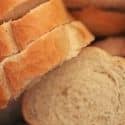 8. French Bread + Add
8. French Bread + Add
Sodium
per SliceSodium
per 100gSodium
per 200 Calories837mg
(36% DV)602mg
(26% DV)443mg
(19% DV)More High Sodium Baked Foods
- 20% DV in a slice of chocolate cake
- 17% DV in a bagel
- 15% DV in a slice of blueberry pie
See the list of baked foods high in sodium.
-
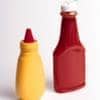 9. Teriyaki Sauce + Add
9. Teriyaki Sauce + Add
Sodium
per TblspSodium
per 100gSodium
per 200 Calories640mg
(28% DV)1778mg
(77% DV)3996mg
(174% DV)More High Sodium Sauces
- 59% DV in a tblsp fish sauce
- 37% DV in tblsp of soy sauce
- 7% DV in a tblsp of BBQ sauce
-
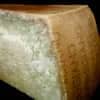 10. Grated Parmesan + Add
10. Grated Parmesan + Add
Sodium
per OzSodium
per 100gSodium
per 200 Calories512mg
(22% DV)1804mg
(78% DV)859mg
(37% DV)More High Sodium Cheeses
- 21% DV per oz of Roquefort
- 20% DV per oz of American cheese
- 11% DV per oz of feta cheese
See the list of cheese and dairy high in sodium.
Printable One Page Sheet
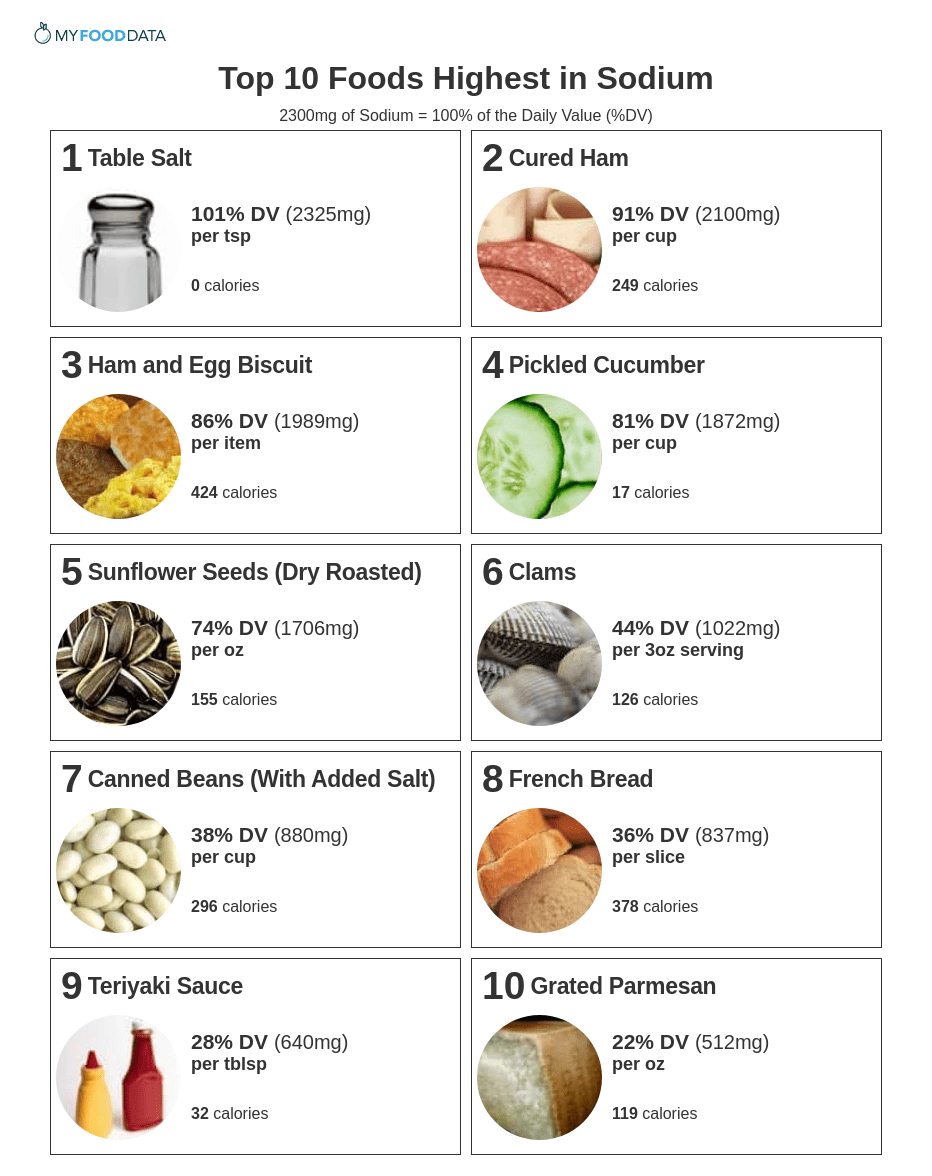
Foods High in Sodium by Nutrient Density (100 Gram Serving Size)
This ranking lets you know which foods have the most Sodium per gram of food.
| Food | Serving | Sodium |
|---|---|---|
| 1. Table Salt + | 100 grams | 1685% DV (38758mg) |
| 2. Sunflower Seeds (Dry Roasted) + | 100 grams | 261% DV (6008mg) |
| 3. Soy Sauce + | 100 grams | 239% DV (5493mg) |
| 4. Canned Anchovies + | 100 grams | 159% DV (3668mg) |
| 5. Yeast Extract Spread (Marmite) + | 100 grams | 147% DV (3380mg) |
| 6. Chili Powder + | 100 grams | 125% DV (2867mg) |
| 7. Hot Sauce + | 100 grams | 115% DV (2643mg) |
| 8. Salami + | 100 grams | 98% DV (2260mg) |
| 9. Grated Parmesan + | 100 grams | 78% DV (1804mg) |
| 10. Bacon + | 100 grams | 73% DV (1684mg) |
Sodium Foods to Boost Your Sodium Level
| Food | Serving | Sodium |
|---|---|---|
| 1. Clams + | per 3oz serving | 99% DV (2284mg) |
| 2. Pickles + | per cup | 81% DV (1872mg) |
| 3. Sunflower Seeds (Dry Roasted) + | per oz | 74% DV (1706mg) |
| 4. Black Bean Soup + | per cup | 52% DV (1203mg) |
| 5. Manhattan Clam Chowder + | per cup | 44% DV (1001mg) |
| 6. Cream of Asparagus Soup + | per cup | 43% DV (981mg) |
| 7. Sauerkraut + | per cup | 41% DV (939mg) |
| 8. Miso Paste + | per tblsp | 28% DV (634mg) |
| 9. Grated Parmesan + | per oz | 22% DV (512mg) |
| 10. Tomato Juice + | per cup | 21% DV (481mg) |
| 11. Smoked Whitefish + | per oz | 13% DV (289mg) |
| 12. Yeast Extract Spread + | per tsp | 9% DV (203mg) |
| 13. Capers + | per tblsp | 9% DV (202mg) |
High Sodium Foods to Avoid
| Food | Serving | Sodium |
|---|---|---|
| 1. Cured Ham + | per cup | 91% DV (2100mg) |
| 2. Ham and Egg Biscuit + | per item | 86% DV (1989mg) |
| 3. Chicken Sandwich + | per item | 61% DV (1408mg) |
| 4. Canned Gravy + | per cup | 59% DV (1357mg) |
| 5. Cured Meats (Pepperoni) + | per 3oz | 58% DV (1345mg) |
| 6. Processed Chicken Breast + | per 4 slices | 33% DV (748mg) |
| 7. Sausage Pizza + | per slice | 32% DV (734mg) |
| 8. Teriyaki Sauce + | per tblsp | 28% DV (640mg) |
| 9. Caesar Salad Dressing + | per 2 tblsp | 19% DV (430mg) |
| 10. Large Soft Pretzel + | per item | 13% DV (290mg) |
From the Nutrient Ranking Tool
Use the ranking tool links below to select foods and create your own food list to share or print.
- Foods High in Sodium
- Foods Low in Sodium
- Vegetables High in Sodium
- Fruits High in Sodium
- Vegetarian Foods High in Sodium
- Nuts High in Sodium
- Grains High in Sodium
- Beans High in Sodium
- Dairy High in Sodium
- Breakfast Cereals High in Sodium
- Fast Foods High in Sodium
View more nutrients with the nutrient ranking tool, or see ratios with the nutrient ratio tool.
Related
Data Sources and References
- Goyal R, Jialal I. Electrolytes 2023 Jun 12. In: StatPearls [Internet]. Treasure Island (FL): StatPearls Publishing; 2024 Jan–. 31869067
- He FJ, MacGregor GA. Effects of High Salt Intake on Blood Pressure and Cardiovascular Disease: The Role of COX Inhibitors J Hum Hypertens. 2009 Jun;23(6):363-84. doi: 10.1038/jhh.2008.144. Epub 2008 Dec 25. 19110538
- Piccirillo G, Bucca C, Durante M, Santagada E, Munizzi MR, Cacciafesta M, Marigliano V. Sodium Intake and Hypertension Hypertension. 1996 Dec;28(6):944-52. doi: 10.1161/01.hyp.28.6.944. 8952581
- Fodor JG, Whitmore B, Leenen F, Larochelle P. Salt and hypertension: is salt dietary reduction worth the effort? CMAJ. 1999 May 4;160(9 Suppl):S29-34. 10333851
- Brand A, Visser ME, Schoonees A, Naude CE. Effect of low sodium and high potassium diet on lowering blood pressure and cardiovascular events Cochrane Database Syst Rev. 2022 Aug 10;8(8):CD015207. doi: 10.1002/14651858.CD015207. 35944931
- Skrabal F, Auböck J, Hörtnagl H, Braunsteiner H. Low sodium/high potassium diet for prevention of hypertension: probable mechanisms of action Clin Sci (Lond). 1980 Dec;59 Suppl 6:157s-160s. doi: 10.1042/cs059157s. 7004723
- U.S.FDA - Daily Value on the New Nutrition and Supplement Facts Labels
- Ströhle A. [Sodium intake, blood pressure and cardiovascular events] Int J Vitam Nutr Res. 2017 Sep;87(5-6):322-329. doi: 10.1024/0300-9831/a000257. Epub 2018 Oct 9. 30299218
Simplify Nutrition Tracking with MyFoodData!
Speedy Tools and Detailed Data FREEEasily analyze your meals to find the best foods for your goals.
✅ Use our recipe nutrition calculator and nutrition comparison tool.
✅ Access expert nutrition data tools and in-depth articles.
✅ Log foods and organize your recipes with a free account.


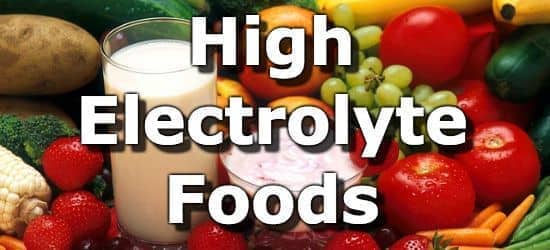 Next ➞
Next ➞
